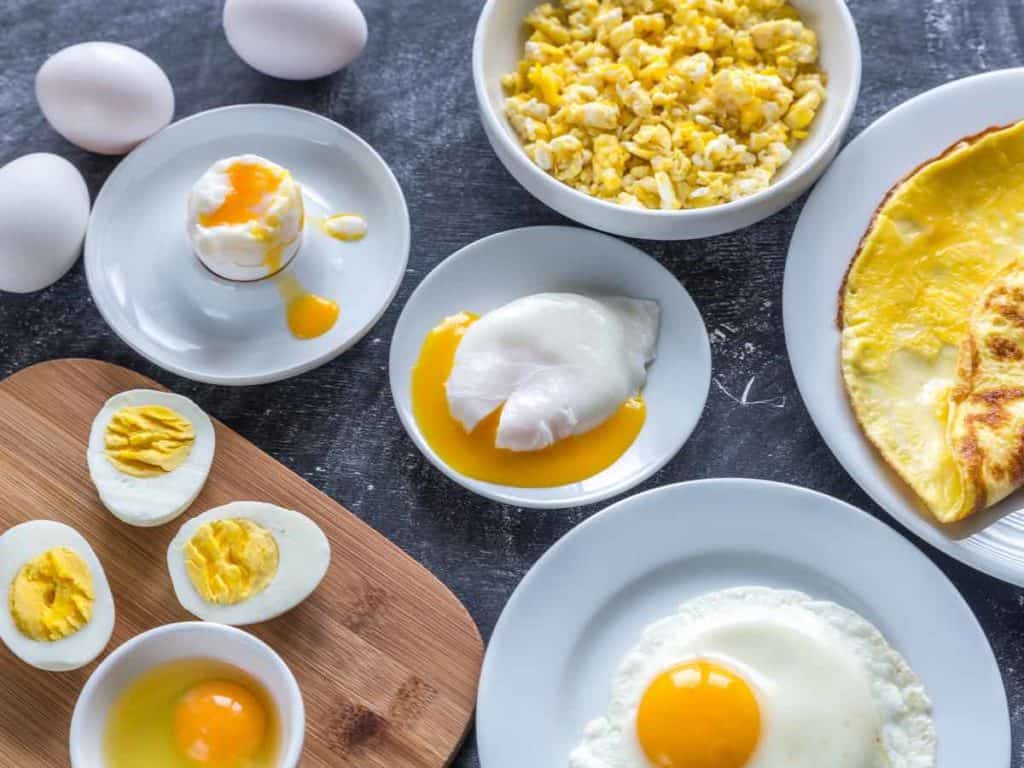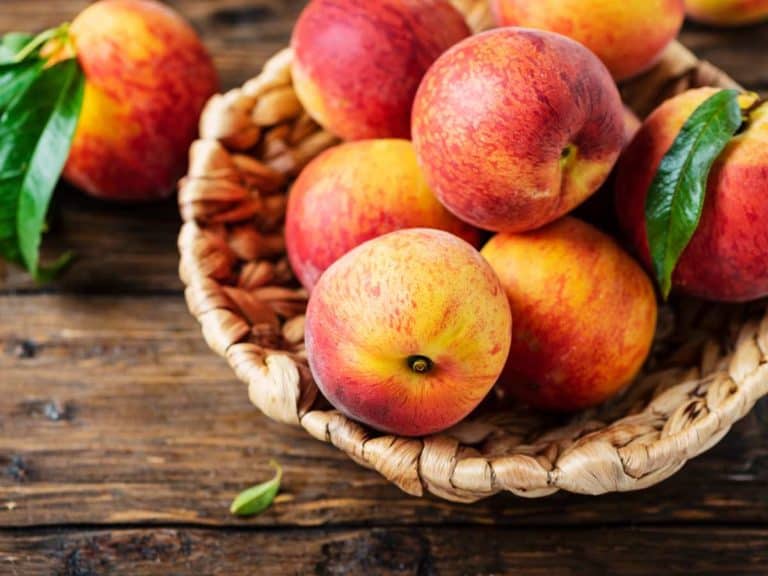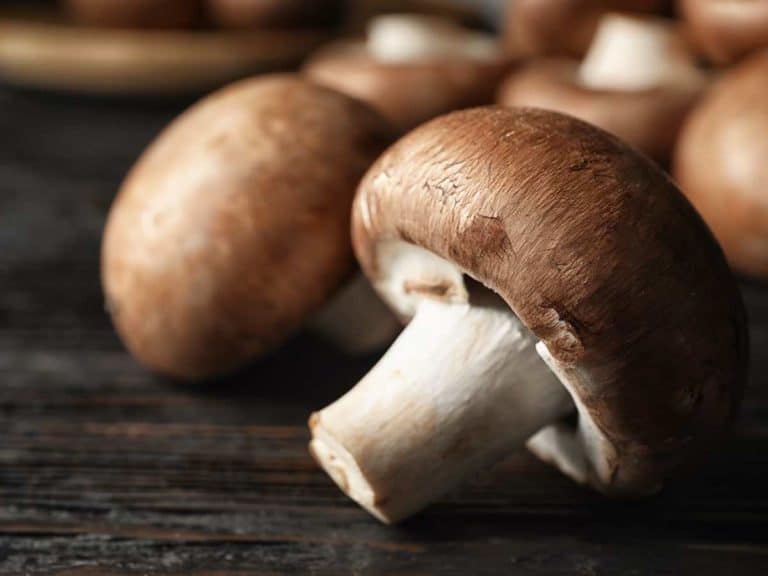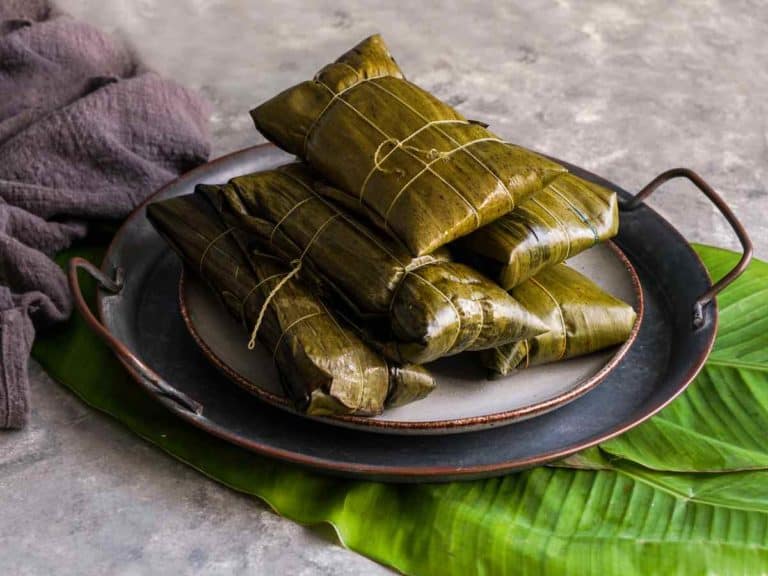How To Fix Watery Eggs: A Complete Guide
Every Sunday my family takes turns cooking and last Sunday was my turn. I decided to bake a couple of dozen eggs they can dip into a homemade curry dip. The strange thing that happened was that after the baking time, not all of the eggs turned out the same way. Some were firmer and others were more watery.
I then wondered how to fix watery eggs while leaving the firm ones as is. Depending on what egg style you prefer, watery eggs can be either a blessing or a bane.
In my case, this was simply not the result I had in mind. I decided to do some research to find out how to fix watery eggs. Good thing I found there were quick remedies to fix watery eggs, and with a bit of tweaking, I got exactly the results I wanted.
Five Ways to Fix Watery Eggs
Eggs are watery for several reasons. One reason is that an old egg with older albumen, or egg white. Newly laid eggs have a gel-like egg white. Older eggs have very watery egg-white. Other reasons include adding in too much milk, water, or vegetables.
To fix watery eggs, you first need to find out the root cause of why the eggs are too watery in the first place. If an ingredient was added which had a lot of water content, such as excessive amounts of milk, bell peppers, too many mushrooms or onions, the eggs will turn out watery.

To fix watery eggs you can:
Add A Couple More Eggs
Mix in some flour to absorb the excessive moisture
Saute them a bit longer to evaporate the excess water
Serve only the solid portion of the eggs and toss out the water
Reduce the Number of Onions
Many people love eating scrambled eggs that have vegetables mixed into them. What most don’t realize is that a lot of vegetables have a high water content which only becomes apparent after the vegetables are sauteed.
For example, Bell pepper slices or onion slices may feel dry to touch as the cook puts them into the frying pan. However, the heat from the oil of the pan will cause the liquid content of the vegetables to seep out.
Once the scrambled eggs are added in, the entire dish becomes cooked but the watery portion that has not evaporated remains watery.
Mix In Some Flour
Regardless of whether it is almond flour, corn flour, rice flour, regular all-purpose flour, wheat flour, or coconut flour, this ingredient works wonders in terms of moisture absorption.
If the eggs you are cooking look too watery and there does not seem to be an obvious reason, you can add in flour to absorb the moisture and proceed with the rest of the dish.
Check the cupboard and pull out any flour product found there. Depending on the amount of moisture in the pan with the eggs, use a pinch of flour at a time and watch to see if the moisture has been absorbed.
Add Less Milk
Most people add milk to scrambled eggs. When adding milk to scrambled eggs, make sure to beat the eggs thoroughly. Folks who add in milk at the last minute are going to end up with watery eggs.
The reason for this is that the milk won’t have been incorporated properly into the egg. In other words, the egg and milk would remain separate entities if they were not whisked together for the appropriate amount of time.
Thus, not whisking in the milk properly or pouring the milk into the pan at the last minute while the scrambled eggs have started cooking will cause the watery milk to remain in the pan.
This situation can be amended by keeping the pan hot long enough for the excess milk to evaporate. This method leaves a solid egg you can serve, without the runny, watery milk.
Watery Hard-Boiled Eggs
As a general rule, hard-boiled eggs need to have both a firm white and a firm yolk. When this is not the case, then they weren’t cooked right. If your eggs have a runny, soggy yolk in the middle, this indicates that they weren’t cooked for the right amount of time.
When this happens, all you need to do is to cook these longer before adding them to your dishes such as egg salad. Again, when a recipe calls for hard-boiled eggs, it is always a better idea to overlook rather than undercook your eggs. The reason is that when you crack the shells of a soft-boiled egg, it is very hard to put this back into the pot of boiling water to re-cook it into a hard-boiled egg.
Related Article: Can You Reboil Hard Boiled Eggs?
Watery Poached Eggs
When poached eggs are watery this means that your egg is not as fresh as it should be. For poached eggs, you need the freshest eggs possible or these will turn out watery. The reason is that egg whites become watery as eggs age.
However, a freshly-laid egg will have almost gel-like albumen or egg white. Poached eggs can be quite tricky and using the freshest eggs you can get your hands on should help you get the best results. Remember when poaching eggs to add in one tablespoon of vinegar so that the eggs poach quickly and you get the desired results.
Watery Scrambled Eggs
Scrambled eggs are watery when milk or water has been added in without beating or mixing the mixture for the appropriate amount of time. Milk or water added into scrambled eggs need to be incorporated to blend well with the egg itself so that you end up with a solid, delicious egg.
Otherwise, what happens in the pan is that the egg gets cooked, and the unincorporated water or milk remains liquid, causing watery scrambled eggs.
You can also end up with watery scrambled eggs if you mixed in a vegetable that has high water content. These vegetables include celery, onions, green beans, cabbage, tomatoes, leeks, and even potatoes.
Once you cook your dish, you may notice that water has developed as a result of cooking the vegetable. To amend this, you can keep cooking your dish until the water from the vegetables evaporates. You can also simply scoop out your cooked dish out of the pot and leave the remaining water in the pot.
Watery Baked Eggs
Baked water eggs can either mean that they weren’t baked long enough and they need more baking time, or that old eggs were baked, which are more naturally watery than fresh eggs.
To avoid the latter, make sure to bake fresh rather than old eggs so you end up with a firm yolk and white each time you bake your eggs. What most people don’t realize is that fresh eggs have gel-like albumen while older eggs, albeit still good, do become runny. Thus, if you baked fresh eggs at one point and these turned out fine, the same amount of time when baking older eggs may result in watery eggs.
Watery Boiled Eggs
The boiled eggs may be watery even after they were boiled more than usual due to bad quality. The quality of eggs begins to decline with the passage of time. Thinner egg whites and larger air pockets come from an old egg, and vice versa.
This does not mean the egg has gone bad. It only means that an egg has gotten more watery. Remember, a bad egg begins to decompose due to mold or bacteria. Sniff the eggs and see if they smell normal or if there is an unmistakably rotten odor. Get rid of eggs that smell bad. You can also conduct the float test. The eggs that float are old and the eggs that sink are fresh. The reason is that there is more air in an older egg, which causes it to float.
This method still does not really tell you if your egg is rotten or not, though. Floating eggs may still be okay to cook. Generally, eggs are good to eat for weeks when stored properly. The expiration date of your eggs to find out whether or not they are still usable.
You might mistakenly throw out perfect eggs by second-guessing their date of expiry, which can be avoided by looking at the egg tray they came in.
Check where it says the “sell by” section. Just under it is the expiration date. If all you see is the date for “packing,” which says “pack date,” your eggs will still be good to eat thirty days after the packing date and are still considered “new.”

Don’t Throw Away A Good Egg
Most folks who don’t know a thing about whether an egg is bad or good could end up throwing away more than a few good eggs. Of course, to determine freshness quickly, you can check for discoloration and give it a sniff after cracking the eggshell open a bit. Remember, too, that some eggs look and smell 100% okay but turn out to contain the Salmonella bacteria.
This can cause food-borne illnesses. The best way to avoid salmonella is to cook it fully and reach the right temperature that kills the salmonella bacteria. Also, if you have younger children living with you, remember it is safer to feed them overcooked rather than under-cooked eggs, for the same reason.
Fun Facts About Eggs
Egg Candling
If you are looking for a sure-fire method of checking your eggs for freshness, or even for fertility, egg-candling is a great skill to learn.
Egg-candling is the best method of assessing your egg’s quality. Using a candle to check your eggs will help you find out if your egg is fresh or not. Fresh eggs will reveal a thin air cell measuring 3.175mm or less than an eighth of an inch. An aged egg will have large air pockets with less water in it.
The egg’s water would have evaporated and would have been replaced with gas. To candle your eggs, just use a bright light source such as a small penlight or a candle. Focus the light on the egg’s end. Turn it from right to left and tilt it. This will show the illuminated egg.
You know the egg is fresh since it would have a firm yolk and egg white. You can check this by sort of shaking the egg with small movements. Check the air cell for size. Remember, the smaller the size, the fresher the egg.
Once you get the hang of candling, there won’t be an egg that escapes your expertise.
A Real Superfood
Regardless of whether eggs are officially classified as a super food or not, they are packed with Vitamins and minerals that are almost too good to be true. Eggs contain decent amounts of zinc, calcium, vitamin B-6, K, E, D and selenium.
Eggs also contain phosphorus, Vitamins B-2, B-12, B-5 and folate. Not to mention Vitamin A. Not many other food groups contain the same roster of vitamins and minerals. It thus comes as no surprise that eggs are stored and cooked in most people’s kitchens on a daily basis.
Is Runny Egg Yolk Safe?
Runny egg yolk is safe because the egg white essentially protects the egg yolk from getting any bacteria. Thus, as long as the whites are cooked, runny egg yolks are safe to eat.
For younger kids five years old and below, however, the United State Food And Drug Administration recommends that kids do not eat eggs with the uncooked yolk. The recommendation is for both the white and the yolk to be fully cooked when feeding younger children.
The reason is that some people are prone to illnesses including salmonella. Regardless of this warning, most folks love a runny yolk and in fact, this seems to be the trend in currently trendy breakfast menus.
Is Runny Egg Yolk Raw?
Runny egg yolk is raw. At times when an egg is fried using a frying pan or in the oven, and the yolk still looks runny, the culprit may be that your egg is old. Older eggs lose their elasticity and have a more runny white and a runny yolk than a fresh egg.
That is not to say that the egg is no longer edible. Most folks don’t even notice that they are working with older eggs. As long as the egg smells normal and does not emit a foul odor, they should be good for cooking.





